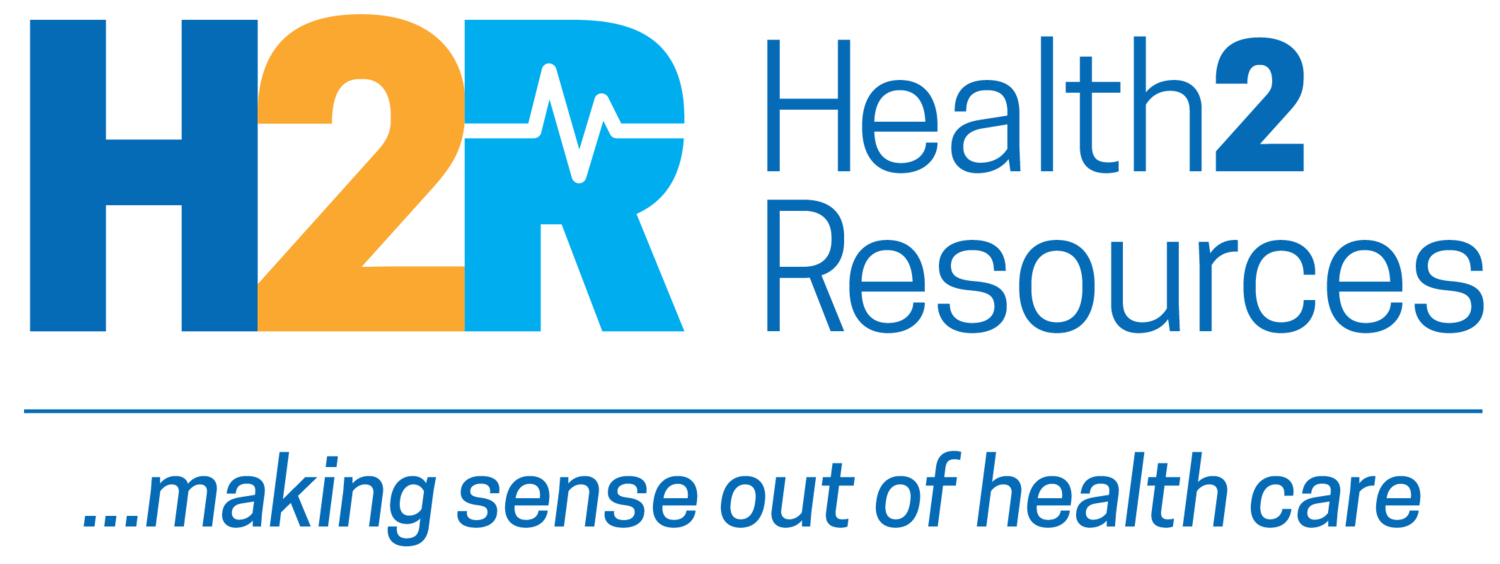December 17, 2020 | HHS proposes big changes to HIPAA
INDUSTRY NEWS
HHS proposes big changes to HIPAA
Health and Human Services has proposed sweeping changes to HIPAA in an effort to remove barriers to value-based care, give patients more agency over their data and support contact tracing, Healthcare Dive reports. The changes appear to be in response to industry concerns. Plans and providers could use health data much more broadly if it's for care coordination and case management of a person. The proposed changes would also make it easier to do contact tracing for COVID-19. It would loosen rules about disclosing information during emergencies, facilitating greater coordination among health companies and family and caregiver involvement. (Healthcare Dive)
INNOVATION & TRANSFORMATION
Police departments embrace crisis intervention
Police departments are increasingly forming crisis intervention teams, which are sent instead of regular patrol officers to potentially volatile situations. There were 400 in 2008 vs. over 2,700 in 2019. “When you talk to the police, they’ll tell you a lot of those calls don’t really require police,” Dr. Joe Parks, medical director for the National Council for Behavioral Health, tells Modern Healthcare. “They require somebody to do something, but it isn’t necessarily them.” Despite the increasing focus on training police for crisis intervention, mental health advocates say when police are the first responders in mental health crises, it increases the likelihood of criminalizing a health care issue. (Modern Healthcare*)
CMS announces Geographic Direct Contracting model
The CMS Innovation Center has created a new value-based payment model: Geographic Direct Contracting model. Participants will take responsibility for beneficiaries' health outcomes; this gives them a direct incentive to improve care across geographic regions. Direct contracting entities (DCE) will competitively bid to manage 100% of the Medicare Part A and Part B costs for a certain number of Medicare beneficiaries within a geographic region, starting at a minimum of 30,000 enrollees. Providers who join a DCE will be able to remain in any other value-based care programs they're already in. (Healthcare Finance News; MedPage Today)
DTC telemedicine: A guide to the future?
Direct-to-consumer (DTC) telemedicine services may hold clues to the future of telemedicine in the post-pandemic world, according to a research letter published in JAMA Network Open. “Our findings suggest the model may address accommodation barriers, such as inconvenient hours and appointment systems. Younger, more technologically savvy patients may consider online care as simply more convenient. Given the conditions managed, the model may also be attractive to those who are uncomfortable receiving in-person care for sexual issues (an acceptability barrier).” (JAMA Network Open; MedPage Today)
CONSUMERS & PROVIDERS
Hospital consult with PCP improves care for medically complex kids
Children with medical complexity (CMC) frequently experience fragmented care. However, according to research published in JAMA Pediatrics, in-hospital consultations with their outpatient primary care providers appear to reduce hospital days, hospitalizations and health system costs compared with usual hospital care. CMCs account for only 0.4% of all children but account for approximately 40% of pediatric deaths and 53% of all pediatric hospital charges, coauthor Dr. Ricardo Mosquera of the University of Texas Health Science Center told Reuters. He also mentioned an intangible benefit: "The families felt a sense of psychological relief when they received a visit from their own healthcare provider, who they trust and who knows them best.”. (JAMA Pediatrics; Medscape/Reuters)
Mass. insurers study socioeconomic barriers to telehealth
The Massachusetts Association of Health Plans is launching an 18-month study to identify socioeconomic, racial and ethnic barriers to telehealth use and how it can be used to bridge those care gaps. The study, led by Harvard Pilgrim Health Care Institute, will analyze claims data from Medicare, Medicaid and commercial health plans, and build upon work being done by the Massachusetts Attorney General’s office to address health care access and use rates. Researchers will compare how differences in insurance, race/ethnicity and socioeconomic status affected telehealth use before and during the COVID-19 pandemic. (mHealth Intelligence)
NEW & NOTED
New Health Policy Analysis of Congressional Freshmen: CURA Strategies has released the CURA Health Policy Profiles™, a free resource detailing the health policy history of 65 new members of the 117th Congress. It is searchable and available for download at hpp.curastrategies.com.
AMA on race: Two policies recently approved by the American Medical Association House of Delegates address race as a social, not biological, construct. One policy asks the AMA to collaborate on recommendations to improve clinical algorithms that incorrectly adjust for race. The other calls for using factors such as ancestry, genetics, biology, ZIP codes and education to describe a patient's risk factor, rather than their race. (Fierce Healthcare)
Telehealth expands: CMS added more than 60 telehealth services that will be reimbursable during the current public health emergency. Services added include group psychotherapy, home visits, psychological testing and emergency department visits. Those changes are permanent in rural areas, but any other permanent changes elsewhere require Congressional action. (Fierce Healthcare)
Prove it: Once vaccinations begin, how will we know someone has been vaccinated? Special masks? Yellow cards? Kaiser Health News looks at a couple of news stories on the issue. (KHN)
MULTI-MEDIA
The shortage of nurses has turned hospital staffing into a national bidding war. “Colorado Edition” looks at this and other issues related to the recent COVID-19 surge. (KUNC’s “Colorado Edition”)
MARKETVOICES...QUOTES WORTH READING
“When you rely on law enforcement to respond to a situation, they’re looking at the situation through a safety lens and interpreting behaviors as potential threats, and then they respond accordingly.”—Angela Kimball, national director for advocacy and public policy at the National Alliance on Mental Illness, quoted in Modern Healthcare*
